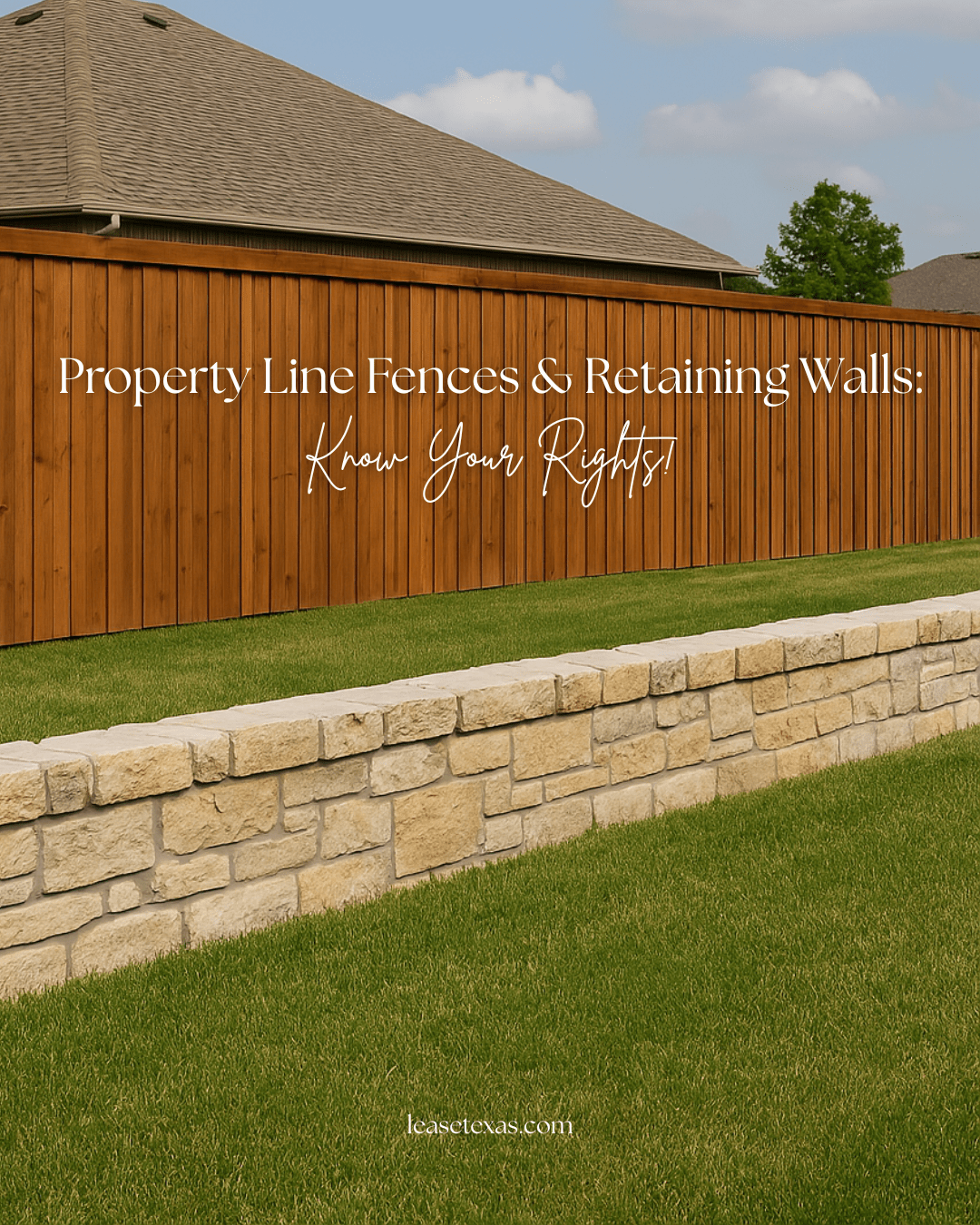 Property Line Fence – Who Owns It?
Property Line Fence – Who Owns It?
If the fence is directly on the property line, it is typically considered a shared fence, meaning both you and your neighbor jointly own it. However:
- If they're paying to replace it entirely, and
They’re the ones initiating the work,
Then you may have no ownership stake in the new fence, unless there’s a written agreement that says otherwise.
Ownership could shift based on who maintains or pays for it—especially if it ends up built fully on one side of the property line.
 Retaining Wall & Raised Grade – Who's Responsible?
Retaining Wall & Raised Grade – Who's Responsible?
Here’s the big kicker:
- If your neighbor is raising the grade on their side by 3 feet, they are responsible for installing and maintaining the retaining wall.
A retaining wall is not a shared structure. It serves one party’s interest—in this case, your neighbor’s altered elevation.
They cannot build that wall on your property without a written agreement or an easement.
 A Few Things to Watch For
A Few Things to Watch For
Drainage – Raising the grade could cause water to run onto your property. Texas law prohibits a landowner from diverting surface water in a way that damages neighboring property.
Survey – You may want a licensed surveyor to confirm the exact property line before construction starts.
Agreement in Writing – If you're okay with them replacing the fence, get the terms in writing:
Will the fence still be jointly owned?
Will they maintain it?
Is it shifting onto their side of the property?
What happens in the future if the fence needs repair?
 In Summary:
In Summary:
The retaining wall is 100% your neighbor’s responsibility.
The fence could be jointly owned or fully owned by them, depending on whether it's on the line or set back and who pays/maintains it.
Ownership isn’t just about who pays—it’s about location and use, so clarity in writing is key.
 Fence on the Property Line – Texas Law
Fence on the Property Line – Texas Law
In Texas, if a fence is built directly on the property line, it is typically considered a boundary fence. That means:
Both neighbors have equal ownership and responsibility unless otherwise agreed in writing.
If your neighbor wants to replace it, even at their expense, and it's still on the line, they technically need your consent, since you jointly own the fence.
But if they:
- Move the fence slightly onto their own property, and
Pay for it entirely, then they typically own it exclusively.
Important Note: Texas law does not require neighbors to share in the cost of a fence unless it's agreed upon. So if you don’t want to pay, you don’t have to—but that may affect whether you "own" any part of the new fence.
 Retaining Wall – Texas Property Rights
Retaining Wall – Texas Property Rights
In Texas, if a property owner changes the natural grade of their land, like building it up 3 feet, they are fully responsible for:
Installing and maintaining any retaining wall required to support that elevation change.
Ensuring no damage occurs to the neighboring property (including structural pressure or water runoff).
Under the “common enemy doctrine” (modified in Texas), landowners have a duty not to divert water in a way that causes damage to a neighbor’s land. Raising grade could violate this if not properly engineered.
 Drainage and Liability in Texas
Drainage and Liability in Texas
Texas courts have found that a property owner may be liable if grading changes or wall construction causes:
Flooding
Soil erosion
Structural damage
That’s why retaining walls must typically be engineered to code in Texas municipalities.
 Best Practices in Texas
Best Practices in Texas
Survey the line before construction.
Get a written agreement if replacing a shared fence.
Ensure drainage and structural safety with professional consultation.
Be aware of municipal setback rules and HOA guidelines if applicable.




